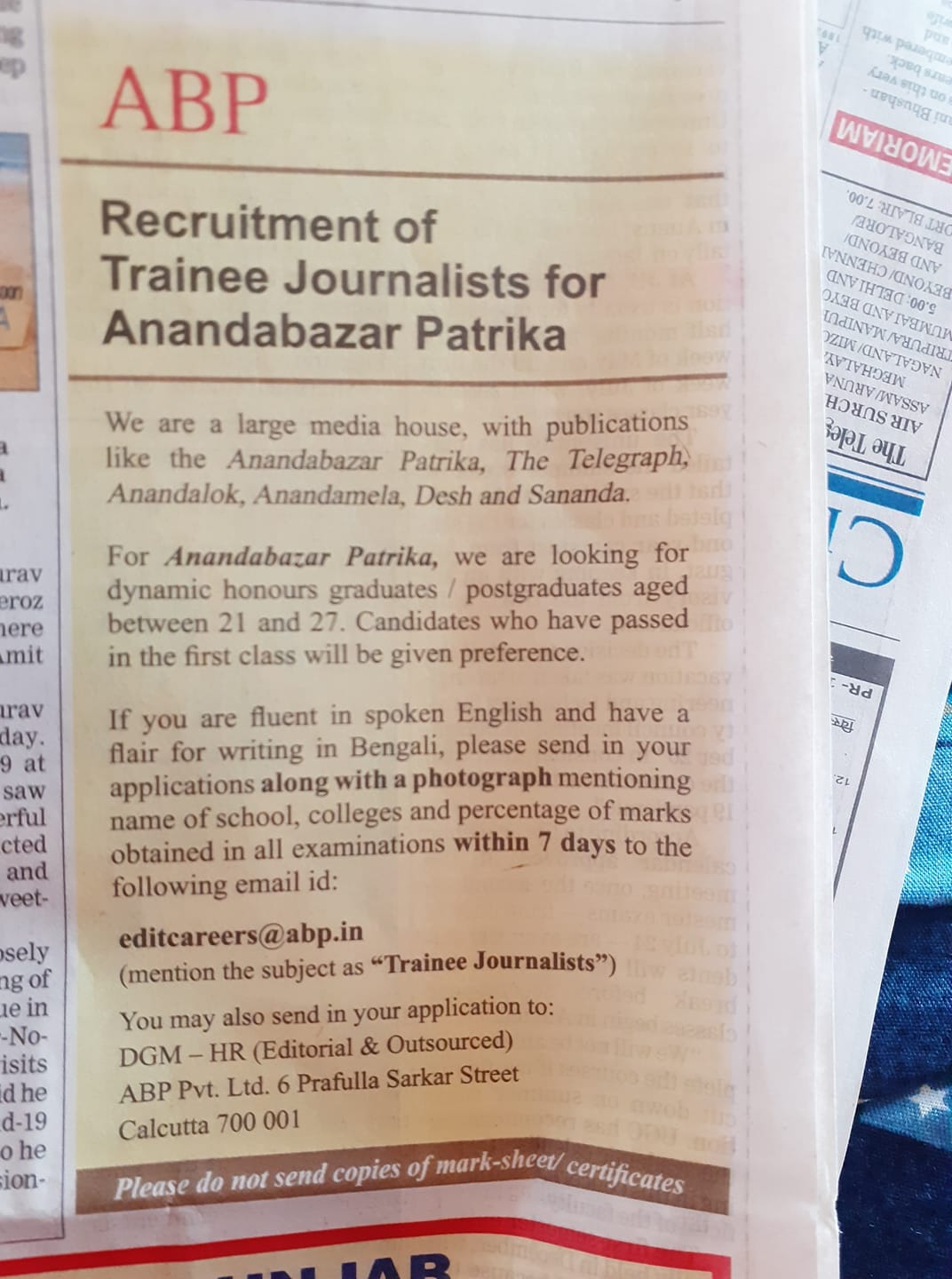Journalists stepping out in the field for reporting is like walking on thin ice—they seldom know what could get them into trouble, sometimes irreversible trouble. According to the database of Committee to Protect Journalists, more than 1,300 journalists have been killed since 1992, the number of everyday injuries and attacks are on the rise, and a bunch of them are serving time in prison. Add the ones who get threatened on daily basis and have their families in peril owing to their work to this list and you'd begin to believe that no journalist is ever safe.
But many journalism organisations are working on resources to help journalists be safer. Journalists can educate themselves with safety measure, and recourses and rights available to them, which can help navigate a worst-case scenario. Here are some resources you can access freely:
1. The Committee to Protect Journalists (CPJ) Safety Kit
An independent and a non-profit organisation, CPJ works for press freedom globally. Their safety kit is a comprehensive guide on physical, social and psychological resources and tools for independent journalists and newsrooms. They also have a Pre-assignment Preparation guide that sets the course for all fields of journalism and the steps to take to make your assignments a tad more stress-free.
2. Safety Guides addressing concerns around the pandemic
The pandemic made the situation for on-ground reporters even more challenging than before. Uncertainty looms over even after a year of the pandemic, and so does safety concerns for reporters and their subjects. To address all pandemic related questions around journalism, here's a IJNet-HackPack webinar by The International Journalists' Network:

3. Free Press Unlimited's COVID-19 News Organizations Safety Protocol also encompasses measures to minimize the risks that have been added to on-ground reporting by suggesting management structures and responsibilities, guidelines for commissioning editors, and overall planning to avoid jeopardising the health and the assignment.
4. Reporters Without Borders' Safety Guide If you're a reporter in the high-risk zones, this 2015 handbook by UNESCO is a great pocket tool you should bookmark. It covers all important topics beginning from preparation to keeping safe on assignment, digital safety and best practices that should be adopted.
5. Resources for Covering Protests, Demonstrations and Civil Disorders
2020 was also a year of conflict. The world was torn between natural calamities and political polarisation resulting in protests in almost every corner of the world, and journalists often got caught in the cross-fire. With the current events in consideration, this 23 point guidebook by Poynter is a go-to before you step out to cover protests. Another helpful handbook in the same zone is this security manual for covering street protests by Abraji (The Brazilian Association of Investigative Journalism). Given how relevant and prevalent civil unrest and demonstrations are becoming, here's yet another guide by the International News Safety Institute to help you conduct a risk analysis, what to do in case of emergencies, how to pack a quick first aid kit, important things to carry and how to conduct yourself on the field.
6. Safety Handbook for Women Journalists
This handbook by the International Association of Women in Radio and Television's provides tips for reporting on conflict and war zones is packed with practical advice to ensure safety. This handbook focusses on international women journalists, regional journalists, local journalists and citizen journalists who may face gender-based violence in addition to other safety concerns.
7. Global Investigative Journalism Network's (GIJN) Resource Centre
Available in multiple languages, GIJN's safety and security resource centre is an accumulation of some of the resources mentioned above and a lot more covering every little aspect of journalism. Popular Science's report tells you what to do if you get caught in tear gas situations. Harvard Kennedy School Shorenstein Center Journalist’s Resource lays down 13 tips for journalists covering online hate. And then there's more.

Our fellows are on the ground chasing their stories as the final date of submission approaches. The mentors are constantly engaged in offering one-on-one support to troubleshoot every issue from technical glitches to journalistic assistance. The fellows are also helping each other out on group chat platforms with quick tips and hacks.
We have already received a lot of behind-the-scenes of the stories that the fellows are on. Stay tuned to our social media channels as we begin rolling them out.

Anandabazar Patrika is hiring:

ABOUT THIS NEWSLETTER
This newsletter is an attempt to keep up and share all the latest and greatest stories in media and how they get done. Read about it here: About In Old News-Letter. And if you were forwarded this newsletter, here’s how you can sign up to get the latest editions as they come out!
